Sesame Street Font: Essential Guide
The Sesame Street font isn’t a single, officially named typeface but rather a collection of playful, rounded, and often handwritten-style fonts that capture the show’s iconic, friendly, and educational vibe. Finding the perfect font to mimic this beloved look involves exploring similar styles and understanding what makes the Sesame Street lettering so recognizable. This guide will help you discover and use fonts that evoke that classic, welcoming Sesame Street feel for your own creative projects.
Ever seen the iconic opening titles of Sesame Street? That instantly recognizable, friendly lettering instantly brings back memories for so many of us. It’s warm, inviting, and perfectly captures the spirit of learning and fun. For designers, marketers, and anyone looking to evoke that same feeling, finding the right font can feel like a quest!
The truth is, there isn’t one single, officially named “Sesame Street Font.” Instead, the show has evolved over its many decades, featuring a variety of lettering styles that share a common DNA: they are all about accessibility, playfulness, and approachability. These fonts are often rounded, slightly irregular, and feel almost handwritten, making them feel personal and engaging.
If you’re looking to inject that same charm into your website, logo, social media graphics, or even a DIY project, you’ve come to the right place. We’ll break down what makes these fonts so special and guide you through finding and using similar typefaces. Get ready to bring a little bit of everyone’s favorite street to your designs!
Understanding the “Sesame Street Font” Vibe
Before we dive into specific font recommendations, let’s unpack what makes the lettering on Sesame Street so distinctive and beloved. It’s not just about the letters themselves, but the feeling they convey. This unique character is a blend of several key elements that, when combined, create an instantly recognizable and comforting visual identity.
Key Characteristics:
- Rounded and Soft Edges: Unlike sharp, geometric fonts, Sesame Street lettering typically features soft, rounded corners. This makes it feel less formal and more approachable, friendly, and safe.
- Varied Letter Sizes and Baseline: Often, letters within a word or phrase might not be perfectly aligned on the same baseline, and their sizes can vary slightly. This adds a touch of spontaneity and a handmade feel.
- Handwritten or Brush-like Quality: Many iterations of the Sesame Street logo and title cards have a distinct handwritten or brush-stroke appearance. This suggests creativity, personal touch, and an organic, unpolished authenticity.
- Bold and Clear: Despite the playful irregularity, the letters are almost always bold and easy to read. This is crucial for a show aimed at young children, ensuring that educational content is accessible.
- Warm and Inviting Color Palettes: While not part of the font itself, the colors these fonts are typically presented in (bright, cheerful, and classic Sesame Street colors) further enhance the friendly, welcoming feel.
These characteristics combine to create a font style that is not only visually appealing but also deeply connected to the show’s core mission: making learning fun and accessible for young children. It’s a visual language that says, “Come on in, explore, and learn with us!”
Finding Your “Sesame Street” Font: Search Strategies
Since there isn’t one definitive “Sesame Street Font,” your search will involve looking for fonts that embody its key characteristics. Think of it as searching for fonts with a similar personality. Here’s how to approach your search effectively:
Where to Look:
- Font Marketplaces and Libraries: Websites like Google Fonts, Adobe Fonts, MyFonts, Fontspring, and Creative Market are excellent resources.
- Keywords to Use: When searching on these platforms, use terms that capture the essence of the Sesame Street look:
- “Handwritten fonts”
- “Brush script fonts”
- “Playful fonts”
- “Rounded fonts”
- “Children’s fonts”
- “Display fonts”
- “Cartoon fonts”
Tips for Your Search:
- Browse Categories: Look into “Display,” “Script,” “Handwritten,” and “Decorative” font categories.
- Experiment with Styles: Don’t be afraid to try out different styles – from slightly bubbly sans-serifs to charming script fonts.
- Read Font Descriptions: Creators often describe the vibe or intended use of their fonts, which can help you find one that matches.
- Preview with Your Text: Most font sites allow you to type in your own text to see how it looks in different fonts. Use this feature extensively.
Remember, the goal is to capture the spirit of the Sesame Street font, not necessarily to find an exact replica. You’re aiming for that feeling of warmth, friendliness, and playful education.
Recommended Fonts for a “Sesame Street” Feel
Based on the characteristics discussed, here are some font styles and specific examples that can help you achieve a similar vibe to the beloved Sesame Street lettering. These are great for logos, headlines, or any design that needs a touch of approachable charm.
Mimicking the Classic Style:
Many fonts evoke the rounded, slightly irregular, and friendly nature of the Sesame Street look. These are perfect for capturing that nostalgic, educational, and cheerful essence.
Playful Handwritten & Brush Fonts:
These fonts often have a dynamic, informal feel that’s akin to quick, enthusiastic lettering. They are excellent for grabbing attention with personality.
- Chewy (Google Fonts): A very popular and accessible choice. It’s a bold, rounded sans-serif with a fun, slightly irregular baseline. It’s free and widely available, making it a top pick for many.
- Kalam (Google Fonts): This font has a distinctly handwritten, slightly wobbly feel, like it was written with a pen on a slightly bumpy surface. It’s casual and friendly.
- Luckiest Guy (Google Fonts): As the name suggests, this font is extremely lucky to be so popular! It’s bold, quirky, and has a strong retro feel with rounded edges, perfect for headlines that need to pop with personality.
- Boogaloo (Google Fonts): Offers a friendly, rounded, and slightly retro vibe. It’s a great all-rounder for creating a warm and inviting tone.
- Permanent Marker (Google Fonts): This font is designed to look like it was written with a thick marker. It’s bold, slightly uneven, and has a lot of character, making it a strong contender for that authentic handwritten look.
Rounded & Bubbly Sans-Serifs:
If you prefer a cleaner, but still incredibly friendly look, rounded sans-serifs are your best bet. They offer excellent readability while maintaining a soft, approachable feel.
- Nunito (Google Fonts): A well-balanced sans-serif with rounded terminals. It’s available in various weights and is known for its pleasing, soft appearance. Great for both headlines and body text if you want a very friendly feel.
- Quicksand (Google Fonts): Another fantastic rounded sans-serif that feels modern yet warm. It’s light and airy, perfect for designs that want to convey calm and accessibility.
- Baloo 2 (Google Fonts): This font family offers very rounded letterforms with a bouncy, cheerful quality. It’s designed for high readability and a friendly tone.
When choosing, always consider the context of your project. A bold brush font might be perfect for a title card, while a subtler rounded sans-serif could work better for accompanying text or smaller graphics.
Using “Sesame Street” Style Fonts in Your Projects
Once you’ve found a font that captures the essence of the Sesame Street look, the next step is to use it effectively. The key is to leverage its inherent charm without letting it overpower your message or become unreadable.
Design Best Practices:
Here’s how to incorporate these playful fonts into your designs:
- Headline Power: These fonts shine brightest in headlines, titles, and short bursts of text where their personality can make a big impact. Think of them as attention-grabbers.
- Pairing with Simpler Fonts: To ensure readability, pair a bolder, more decorative “Sesame Street” style font with a cleaner, more neutral sans-serif or serif font for body text. This creates visual hierarchy and makes your content accessible. For example, if you use “Chewy” for your title, you might use “Open Sans” or “Lato” for your paragraphs.
- Consider Color: Use bright, friendly, and (appropriately) nostalgic color palettes. Think primary colors or cheerful pastels. However, ensure enough contrast for readability, especially for younger audiences or online use.
- Mind the Spacing (Kerning & Leading): Even with playful fonts, proper spacing is crucial. Adjusting the space between letters (kerning) and lines (leading) can enhance readability and the overall aesthetic. For fonts with irregular baselines, you might need to spend a little more time fine-tuning.
- Keep it Concise: These display-oriented fonts are best used for shorter pieces of text. Long paragraphs in a highly stylized font can become difficult to read quickly.
- Context is Key: Ensure the font choice aligns with your brand or project’s overall message. If you’re aiming for a universally friendly, educational, or nostalgic feel, these fonts are perfect.
Example of Font Pairing:
| Purpose | Recommended Font Style | Why it works |
|---|---|---|
| Main Headline / Title | A bold, rounded font like “Luckiest Guy” or “Chewy” | Grabs attention, conveys fun and energy. |
| Subheadings | A slightly less bold, rounded font like “Boogaloo” or “Nunito” | Complements the headline while maintaining a friendly tone. |
| Body Text / Paragraphs | A clean, highly readable sans-serif like “Open Sans” or “Lato” | Ensures all important information is easy to digest. |
By strategically applying these “Sesame Street” inspired fonts, you can inject a potent dose of warmth, nostalgia, and playfulness into your designs, creating a welcoming experience for your audience.
When to Use “Sesame Street” Style Fonts (And When to Avoid Them)
The charm of the “Sesame Street font” style is undeniable, but like any powerful design element, it’s not a one-size-fits-all solution. Knowing when to deploy this playful aesthetic will significantly enhance your design’s effectiveness and ensure it resonates with your intended audience.
Perfect Use Cases:
- Children’s Brands & Products: This is the most natural fit. Logos, packaging, websites, and marketing materials for toys, educational apps, children’s books, and early childhood services benefit hugely from this friendly, approachable style.
- Educational Content for Young Audiences: Websites, lesson plans, printables, or presentations designed for preschool or early elementary learners can use these fonts to make learning feel more engaging and less intimidating.
- Nostalgia-Driven Marketing: If your brand or campaign aims to evoke feelings of childhood, nostalgia, or a sense of innocent fun (e.g., retro-themed events, throwback product launches), these fonts can transport your audience back.
- Creative & Playful Headlines: For blog posts, social media graphics, or event promotions that need to feel fun, lighthearted, and exciting, these fonts can be excellent headline choices.
- Personal Projects & Crafts: For invitations, party decorations, handmade items, or personal websites where a whimsical touch is desired, these fonts are a delightful option.
When to Proceed with Caution (or Avoid):
- Formal Corporate Branding: Unless your company’s specific niche is playful (e.g., a toy company), a highly stylized, rounded font is generally too informal for serious corporate logos, annual reports, or official letterheads. The target audience for these materials often expects professionalism and gravitas.
- High-End Luxury Brands: These fonts typically convey a sense of accessibility and fun, which can clash with the sophisticated, minimalist, or exclusive image that luxury brands aim to project.
- Technical Documentation or Legal Text: Clarity and readability are paramount in these contexts. While some well-chosen rounded fonts can be readable, overly stylized “Sesame Street” types might hinder comprehension for complex information.
- Crowded Designs: If your design is already very busy with illustrations, photos, or other elements, adding a highly decorative font might make it chaotic. Simpler, more neutral typography might be a better choice.
- Extremely Long Blocks of Text: As mentioned before, these fonts are usually best for shorter text elements. Long articles or detailed information will be much harder to read and tiring for the eyes when set in a very playful font.
The “Sesame Street font” style is a powerful tool for conveying warmth, joy, and accessibility. By understanding its strengths and limitations, you can use it strategically to create designs that are not only eye-catching but also deeply effective.
Exploring Related Font Styles
The world of typography offers a rich tapestry of styles. Beyond the directly inspired “Sesame Street” fonts, several related categories can achieve similar feelings of playfulness, warmth, and handcrafted charm. Exploring these can broaden your font palette and offer even more creative options.
Handwriting and Script Fonts:
These fonts aim to mimic human handwriting, offering a personal and often elegant touch. Some can be very informal and playful.
- Brush Scripts: These fonts resemble lettering done with a brush, often featuring varying stroke widths and a dynamic, energetic flow. They can be bold and expressive, perfect for titles and logos. (e.g., Dancing Script on Google Fonts has a lovely flow, though less bold than typical Sesame Street styles; for bolder, consider sites like Fontspring for commercial options).
- Informal Scripts: Less formal than elegant calligraphy, these scripts are often more casual, bouncy, and whimsical, much like everyday handwriting. (e.g., Pacifico on Google Fonts is a popular, casual, rounded script).
- Monoline Scripts: These have a consistent stroke width, giving them a clean, modern, yet still handwritten feel. They can be very friendly and accessible.
Display Fonts:
Display fonts are specifically designed for impact and are typically used at larger sizes for headlines, signs, and short phrases. Many playful and decorative fonts fall into this category.
- Slab Serifs (with rounded edges): While traditional slab serifs can be sturdy and traditional, rounded versions can offer a friendly, almost retro charm. They have a bold presence. Look for terms like “rounded slab serif” or “playful slab.”
- Chunky Fonts: These are fonts with very thick strokes and bold forms, often with rounded edges, giving them a substantial and friendly appearance.
- Decorative & Themed Fonts: While caution is advised, some decorative fonts are designed with a playful, educational, or childlike theme that can align with the Sesame Street aesthetic. Always prioritize legibility.
Rounded Sans-Serifs:
As discussed, these remain a reliable category. They offer a clean, modern, and inherently friendly appearance due to their soft, rounded letterforms. They are incredibly versatile for branding, web design, and user interfaces.
When exploring these related styles, think about the specific emotion or message you want to convey. A brush script might offer more artistic flair, while a rounded sans-serif provides a cleaner, more universally friendly appeal. Each style brings its own benefits to your creative toolkit.
The History and Evolution of Sesame Street’s Visuals
The “Sesame Street Font” aesthetic hasn’t appeared out of thin air. Its enduring appeal is rooted in decades of thoughtful design choices aimed at making television accessible and engaging for preschoolers. Tracing its visual evolution reveals a consistent commitment to warmth, clarity, and fun.
Early Days: The 1960s and 1970s
In its early years, Sesame Street experimented with various title card designs. The emphasis was on creating a clear, friendly, and educational experience. Early iterations often featured lettering that was:
- Hand-drawn and somewhat irregular, reflecting a handmade, inviting feel.
- Bold and chunky, ensuring legibility for young viewers who were just learning their letters.
- Often accompanied by bright, primary colors.
The iconic “Sesame Street” logo itself, particularly in its most recognized forms, began to solidify during this era, often appearing as if painted or drawn with a thick marker, emphasizing accessibility and a slightly imperfect, human touch.
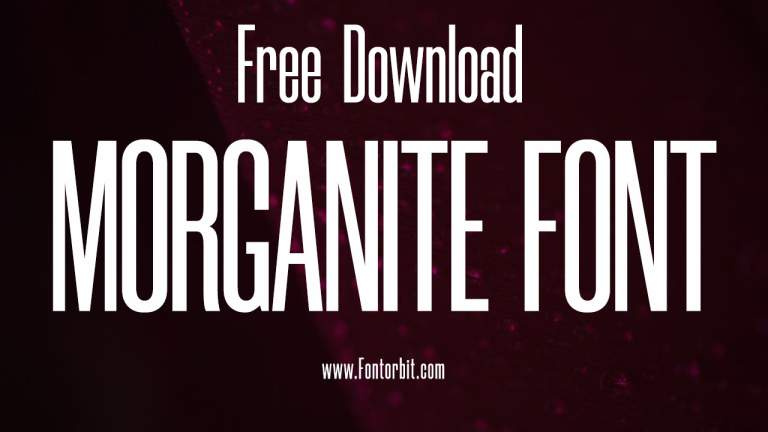
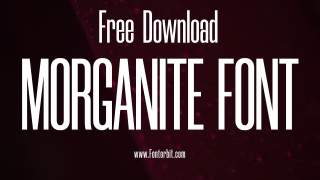
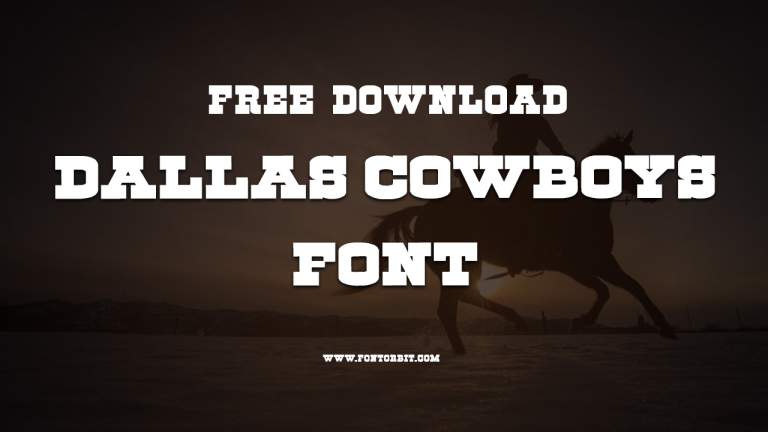
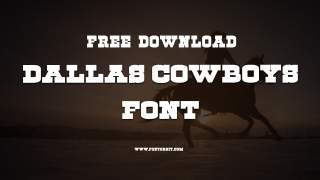
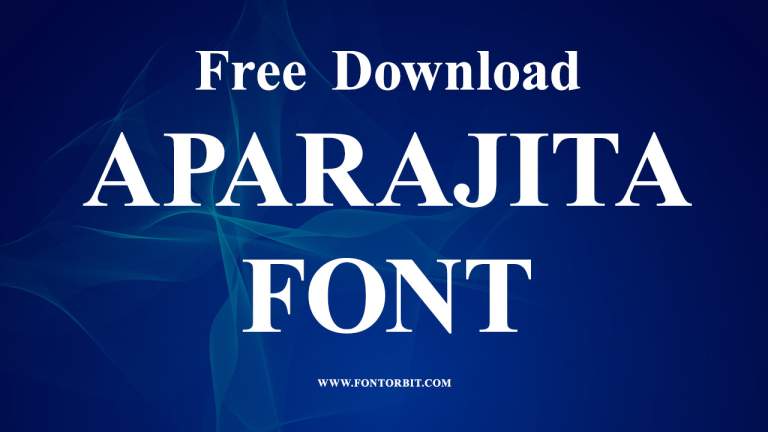
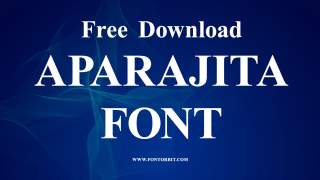
Leave a Comment